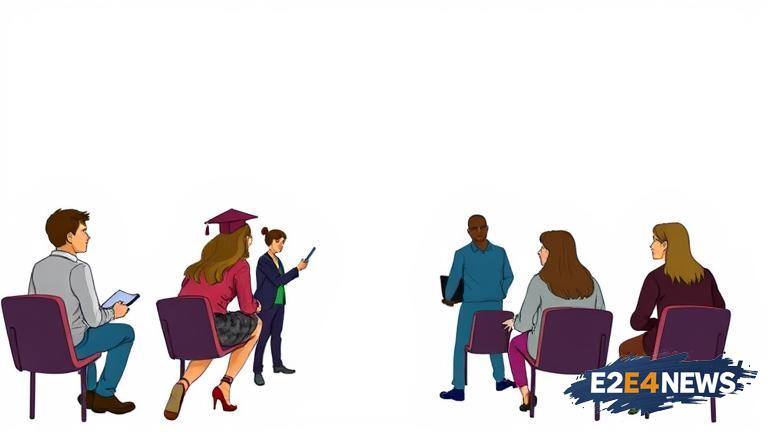The transition to higher education can be a daunting experience for many students, filled with uncertainty and anxiety. To address this issue, experts in the field of education have come together to discuss ways to ease students into higher education. One of the primary concerns is the lack of preparedness among students, particularly those from disadvantaged backgrounds. Many students struggle to adapt to the academic rigors of higher education, leading to a high dropout rate. To combat this, educators suggest providing students with a more gradual introduction to higher education, allowing them to build their confidence and skills over time. This can be achieved through programs such as summer bridge courses, mentorship initiatives, and online resources. Additionally, institutions can offer more flexible learning pathways, enabling students to balance their academic and personal responsibilities. Another key aspect is the need for better communication between schools and universities, ensuring a seamless transition for students. This can involve sharing curriculum information, providing guidance on course selection, and offering support services for students. Furthermore, educators emphasize the importance of creating a welcoming and inclusive campus environment, where students feel valued and supported. This can be achieved through diversity and inclusion initiatives, student organizations, and counseling services. By implementing these strategies, institutions can help reduce the stress and anxiety associated with the transition to higher education. Moreover, experts highlight the need for ongoing evaluation and assessment, to identify areas for improvement and ensure that support services are meeting the needs of students. The use of technology can also play a crucial role in facilitating the transition, providing students with access to online resources, virtual mentorship, and personalized learning plans. Ultimately, the goal is to create a more supportive and inclusive higher education system, where students can thrive and reach their full potential. By working together, educators, policymakers, and institutions can help ease the transition to higher education, setting students up for success and empowering them to achieve their goals. The benefits of a smoother transition are numerous, including improved academic outcomes, increased student satisfaction, and better retention rates. As the higher education landscape continues to evolve, it is essential that institutions prioritize the needs of their students, providing them with the support and resources necessary to succeed. By doing so, we can create a more equitable and accessible higher education system, where all students have the opportunity to thrive.
Sun. Oct 26th, 2025
